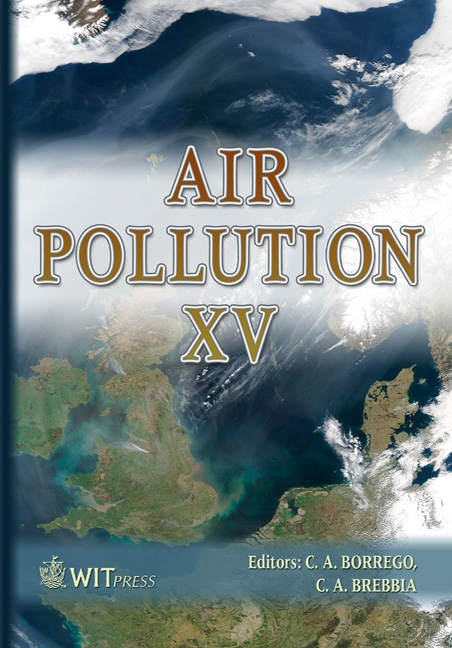Potentialities Of Vis-NIR Spectroradiometry For Mapping Traffic Emissions In Urban Environments
Price
Free (open access)
Transaction
Volume
101
Pages
10
Published
2007
Size
2,285 kb
Paper DOI
10.2495/AIR070381
Copyright
WIT Press
Author(s)
R. Salzano, R. Salvatori, M. Angelone & R. Casacchia
Abstract
Traffic emissions introduce in urban environments low-reflectance matter, which affects the optical properties of atmosphere and consequently of soils, where particulate matter is accumulated. Radiometric techniques, focused on the 350- 2500 nm wavelength range, were applied to investigate the alteration of optical properties of soils in urban environments. An integration between radiometric data and geochemical analyses was made to estimate the relationship occurring between optical properties of soils and their heavy metals content, which may trace traffic pollution. Soil samples were sampled in two study areas and treated to perform geochemical analyses and spectroradiometric acquisitions. An experimental analytical protocol was developed to study the optical properties of soils. The optical properties of urban soils are influenced by the deposition of carbonaceous particles and by the interaction between soil phases and traffic emissions. Results showed that the integrated approach of radiometric and geochemical investigations is a valid tool for monitoring traffic emissions in urban environments. Keywords: soil geochemistry, spectral analysis, urban pollution, radiometry. 1 Introduction Monitoring of pollution in urban environments is one of the major challenges for the scientific community. The urban environment is a complex, heterogeneous system, being characterized by different climatic, urban and geological features. The investigation of each of these characteristics can be performed by a great
Keywords
soil geochemistry, spectral analysis, urban pollution, radiometry.





